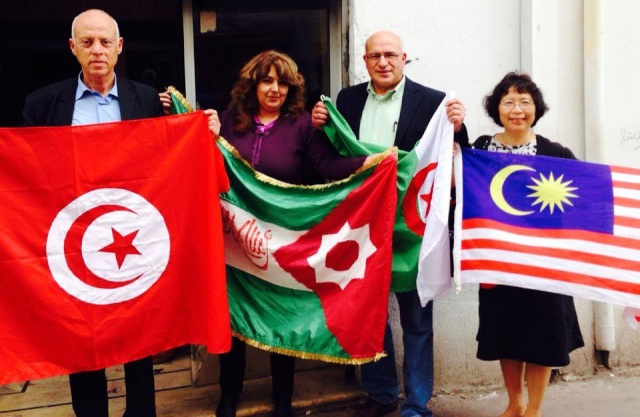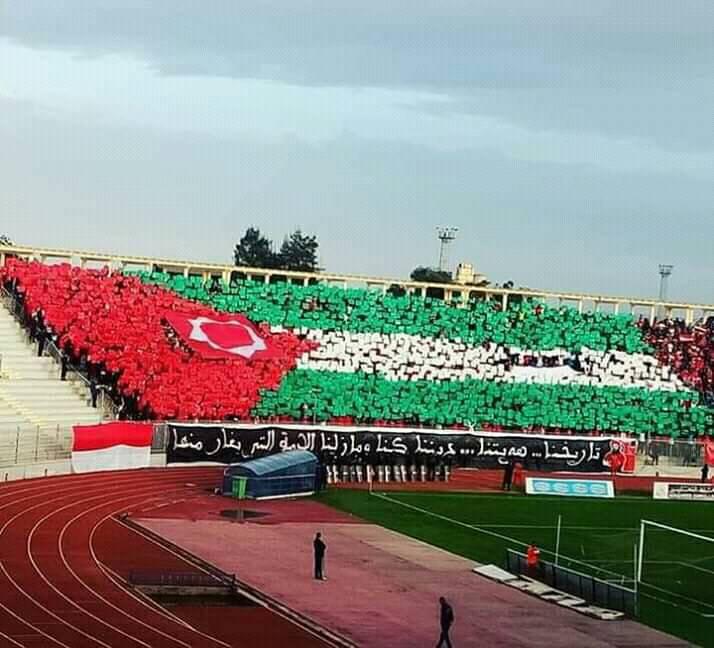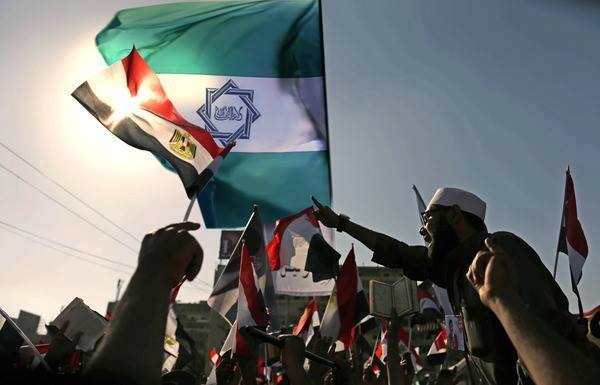What is Moors Gate?
منظمة الشعب الأندلسي العالمية World Organization of Andalusian People :: الأندلسيون في شتاتهم بآسيا - MORISCOS IN ASIA - MORISQUES EN ASIE - MORISCOS EN ASIA :: الأندلسيون في شتاتهم بفلسطين
صفحة 1 من اصل 1
 What is Moors Gate?
What is Moors Gate?
What is Moors Gate?
Moors Gate, Bab El Magharbeh, is one of four entrances to the Dome of the Rock at the Temple Mount in Jerusalem (the City of Peace aka Vision of Peace) and is the only city gate entrance to the Jewish Quarter. The Moors Gate engraved Moors into Judaic religious history due to the fact that the Moors were part and parcel to those “Holy” territories, Jerusalem and Palestine.
Moors not only occupied the territory near and around Moors Gate; they also were land owners. They initially made Jerusalem their domicile because they preferred Jerusalem as a center for divine education as well as a “Holy Territory” that they had sworn to protect. Validation came on November 2, 1320 CE when a Moorish scholar named Abu Madein Shu’eib Ben Al-Mujahed Abu Abdallah Moh’d Ben Al-Sheikh Al-Imam (aka The Magnet of Morocco) identified two Moorish territories in Jerusalem.
The first location was the village called Ein Karem. Ein Karem consisted of plains, rough terrain, houses for the inhabitants, orchards of pomegranate, olives, fig and oak trees, water wells and old Roman vineyards. The document was specific as it delineated detailed information regarding the Moorish claim to the territories in that area and its borders. The borders of the village from the four directions are as follows: Al-Malha Al Kubra (south); Ein Qaroun, Qalounia, Harash, Sataf and Zawyet Al-Bukhtyari (north); Ein Al-Sheqaq (west) and Al Malha Al-Kubra and Beit Marmeil (east).
The second area was located in Jerusalem itself and is known as Qantara Asabat Um Al-Banat at Bab Al Selsela. The document stated that the legacy would remain through the ages, even until this day.
Due to the Moors being faithful volunteers in Nour Al Deen Zenky’s (Saladin) military forces and helping defeat the Crusaders, the land called Al-Baqa’a was then left to the Moors which the Moors later decided to own. Further, Moorish ownership was solidified by an organized plan for the management of the property and the dispersal of the finances generated by the land. This, however, indicated that a designated custodian or property manager dedicated the income toward an organized religious and/or civic body. The document, at the end, warned that Allah would punish those who would alter or deny the dedication of the property “because a good believer would not violate the legacy.” The document was signed on 29 Ramadan 720 H, 1320 CE.
The interesting fact about the Moorish territories in Jerusalem is the Moroccan connection. It was noted that the Moroccans built the quarters for centuries and that the Moroccans inhabited the area during the reign of Mamlouki. The Moroccans developed and invested the estates wisely as noted by other documents left by a Moroccan Scholar named Al-Sheikh Al-Mujahed Omar Al-Ujrad Al-Masmoudy Al-Mughraby Al-Maleky. Moorish history is rich in the land commonly thought of as Jewish or Christian. Although it is recorded in the sacred scriptures of the Helios Biblios text, the Holy Bible, that the Kingdom of Heaven resides “within,” Jerusalem was looked upon as a divine land settlement by all spiritual and religious aspirants from the supposed seeds of Abraham.
Interior of the Dome of the Rock, Jerusalem. The uppermost inscription in the dome is a Qur’anic verse which begins, “God there is no god but He, the Living, the Self-Subsisting Eternal….” The lower inscription, above the windows, records the restoration of the building by Saladin in the late 12th century. (Aramco World Magazine, September-October 1996; photo Peter Sanders).
As previously stated, Moors Gate stands as evidence that Moorish heritage is hardwired in the entire schematic of Jerusalem, “the city of Peace.” Therefore, it would only make sense that the true occupants of the “Holy City of Peace” would be identified as the “ones who are of peace” practicing a divine creed that represent “the condition of being at peace via submission to the Universal Laws of the Most High (Al Aliyyu, El Elyuwn).’
There are mysterious conditions behind Moors Gate, as it has a deep historical connection to the Knights Templar, the French Huguenots and an Egyptian adept by the name of Dhul Nun al Misri, the Moor, who taught Moorish science to the “Poor Knights of Christ.” This science would later become the royal science of Free-Masonry (the ancient order of the Sons of Light) and Templarism (the alchemical science of the sacred feminine).
http://www.moorsgate.com/about/

أ. د. جمال بن عمار الأحمر- رئيس منظمة الشعب الأندلسي العالمية

- الجنس :

العمر : 64
تاريخ الميلاد : 22/02/1960
تاريخ التسجيل : 02/05/2009
عدد المساهمات : 2937
نقاط الشكر على الجدية الأندلسية : 3
نشاطه في منظمة ش الأندلسي ع : 4878
العمل/الترفيه : أستاذ جامعي. مؤسس في حركة إسلامية قوية في نهاية السبعينيات. وسياسي قديم. ومرشح برلماني سابق -

منظمة الشعب الأندلسي العالمية World Organization of Andalusian People :: الأندلسيون في شتاتهم بآسيا - MORISCOS IN ASIA - MORISQUES EN ASIE - MORISCOS EN ASIA :: الأندلسيون في شتاتهم بفلسطين
صفحة 1 من اصل 1
صلاحيات هذا المنتدى:
لاتستطيع الرد على المواضيع في هذا المنتدى
 الرئيسية
الرئيسية الأحداث
الأحداث المنشورات
المنشورات أحدث الصور
أحدث الصور التسجيل
التسجيل دخول
دخول




» ألقاب عائلات أندلسية في الجزائر
» لقب: خلـــيفة، بالشرق الجزائري
» مسرحية (ولادة)، علي عبد العظيم (نالت الجائزة الأولى للتأليف المسرحي من وزارة الشؤون الاجتماعية، بمصر)، 1948م
» WSDOT BridgeLink v7.0.1.0 English 64-bit
» UniSoft GS UniSettle v4.0.0.58 English 32-64-bit
» UniSoft GS UniPile v5.0.0.60 English 32-64-bit
» Leica MissionPro v12.9.0 Multilingual 64-bit
» FlexSim Enterprise 2022.2.2.331 English 64-bit